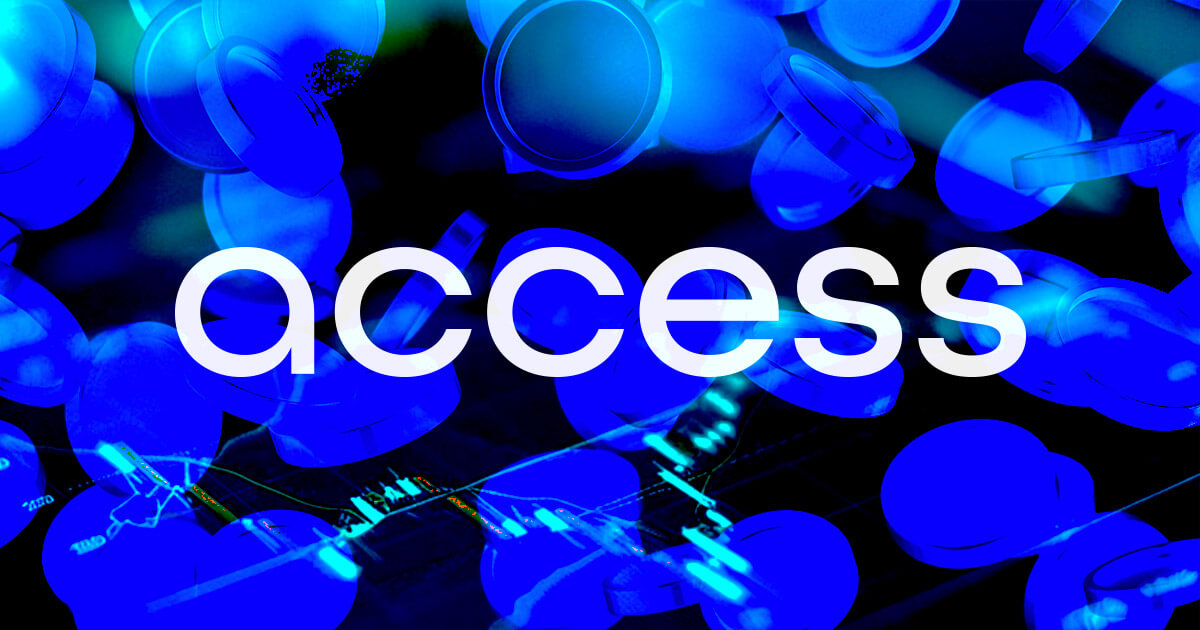Vitalik Buterin, the co-founder of the Ethereum network, has outlined several objectives paramount to the future development of the blockchain. These goals are tailored to improve The Surge, the second phase of Ethereum’s developmental roadmap, which aims at scaling the network using rollups.
According to a blog post, Buterin’s solutions aim to fix the blockchain trilemma, progress data availability sampling, mature layer-2 (L2) proof systems, scale execution of the Ethereum layer-1 (L1) network, and enhance interoperability across L2 chains.
The Rollup-Centric Roadmap
The Surge roadmap has already witnessed some successes, including enlarging the Ethereum L1 data bandwidth with the introduction of blobs, the growth of Ethereum Virtual Machine (EVM)-compatible rollups, and the implementation of sharding on L2 networks.
However, these developments have come with unique challenges, and Buterin believes Ethereum developers’ task is to complete the rollup-centric roadmap by solving the issues while preserving the network’s robustness and decentralization.
It is worth mentioning that the key goals of The Surge include at least 100,000 transactions per second on Ethereum and its L2s, preserving the decentralization and robustness of the Ethereum L1, maximum interoperability between L2s, and some L2s inheriting Ethereum’s core properties like trustlessness, openness, and censorship resistance.
Buterin’s Objectives For The Surge
The Ethereum founder proposed using a combination of data availability sampling and SNARKs to solve the blockchain trilemma. It refers to the challenge of achieving the three critical aspects of blockchain technology: security, scalability, and decentralization. The concept argues that it is difficult to accomplish all three simultaneously, as optimizing one often compromises the others.
Buterin believes the trilemma can be achieved via data availability sampling, which can be made possible by compressing data on the Ethereum network. Since each transaction in a rollup takes significant data space on-chain, data can be compressed by signature aggregation, replacing addresses with pointers, and creating custom serialization for transaction values.
Furthermore, the Ethereum developer insisted that L2-proof systems can mature by becoming trustworthy. These systems need to get to a stage where they are trustless and ensure that only valid transactions get accepted.
Also, Buterin mentioned the challenge of users easily navigating the L2 ecosystem. He said some ways of making the L2 ecosystem feel like using a unified Ethereum network is introducing chain-specific addresses and payment requests and a standardized open protocol for cross-chain operations.
Meanwhile, the computer programmer emphasized the importance of scaling the Ethereum L1 while improving the L2s because developing only the layer-2 chains could pose risks to the entire ecosystem in the future.
Binance Free $600 (CryptoPotato Exclusive): Use this link to register a new account and receive $600 exclusive welcome offer on Binance (full details).
LIMITED OFFER 2024 at BYDFi Exchange: Up to $2,888 welcome reward, use this link to register and open a 100 USDT-M position for free!

 By CryptoPotato | Created at 2024-10-18 04:40:11 | Updated at 2024-10-18 08:38:33
4 hours ago
By CryptoPotato | Created at 2024-10-18 04:40:11 | Updated at 2024-10-18 08:38:33
4 hours ago



